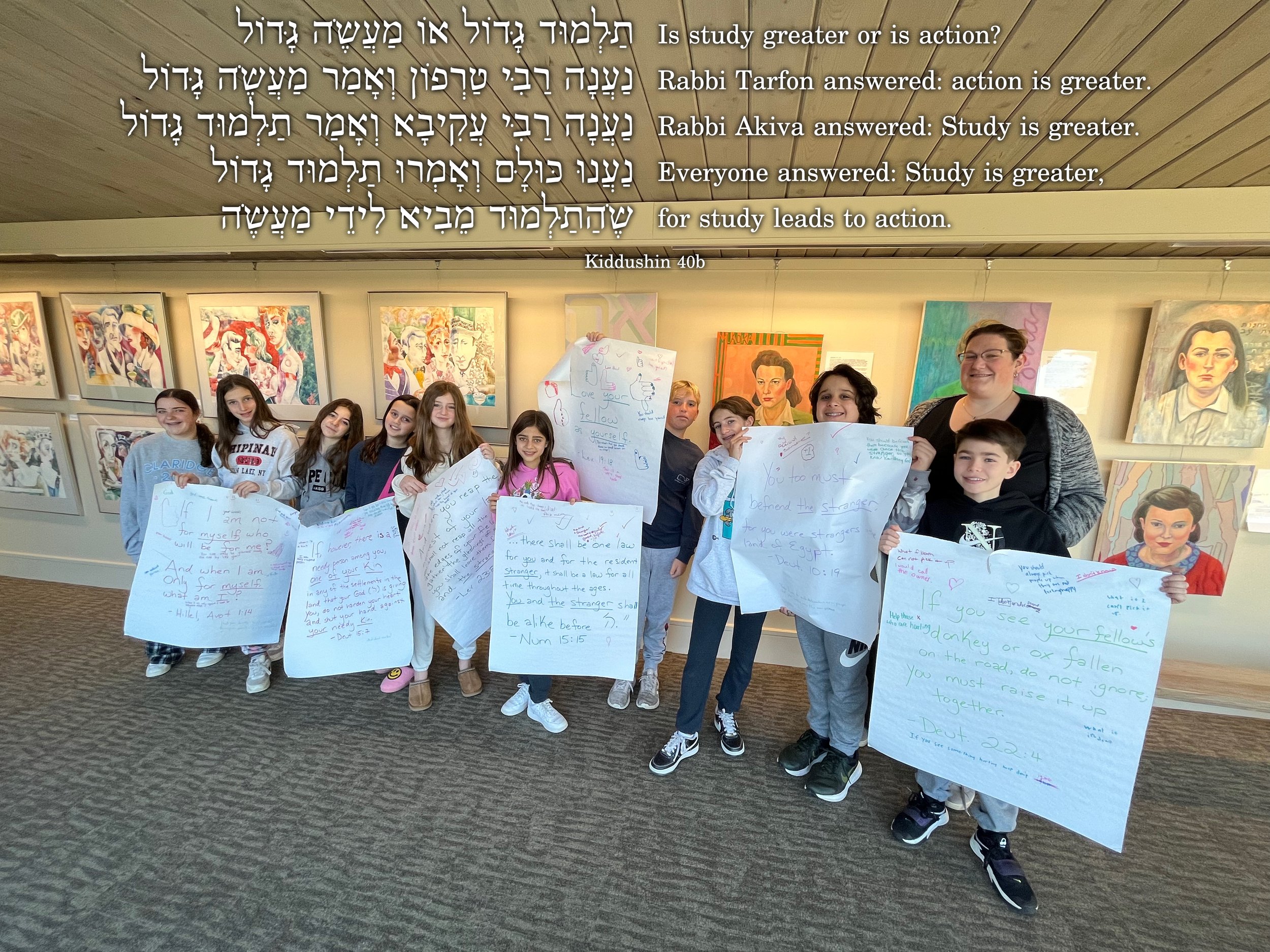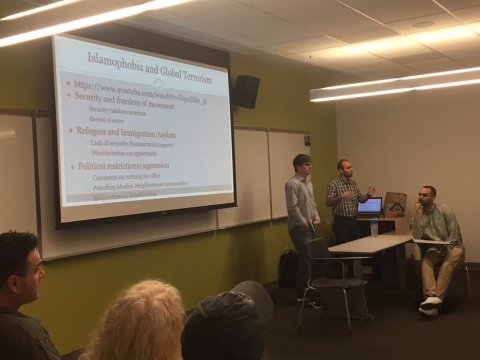
Sefaria Source Sheets
Sefaria is a revolutionary pedagogical tool, enabling students to engage with disparate sources and traditions from across time and space. I’ve shared some of my source sheets on this page; if you’re interested in learning more, my personal Sefaria profile page with every source sheet I’ve created is linked below.
Some of my favorite programs & curricula
-
This program, designed in a live-person CLUE board game-based activity, engaged 4th-7th grade students in identifying and understanding the characteristics and tenets of different Jewish religiocultural observance including Orthodox Judaism, Reform Judaism, Conservative Judaism, Ashkenazic Judaism, Sephardic Judaism, and Reconstructionist Judaism. Participants were able to compare and contrast these diverse and connected Jewish practices.
-
As the final session on a unit of B’tzelem Elohim (the first focusing on what God might look like, and the second focusing on God’s values), sixth grade students engaged in the design of b’tzelem Elohim boxes, focusing on what qualities they shared with God and how they might be made (and also create) in God’s image. These mirrored boxes were decorated with shared images and qualities and taken home to hold our students’ sacred objects.
Religious School Education
-
In this teen-based iteration of the Jewish Leadership series, 8th and 9th grade students are tasked with learning leadership skills and tactics through a Jewish lens while taking ownership of two projects that will positively impact their temple community. This year’s projects included a programmatic option (Create and facilitate the End of Year Carnival at CEW for Religious School Families) and a philanthropic option (Create and facilitate a philanthropic campaign aiming to raise $1000 for Young Families Programming at the CEW Annual Benefit).
-
Responsible for the reconstruction and revitalization of the High School educational programming for students in 8th-12th grades, I created a curriculum that was developmentally appropriate for each grade level, focusing on how each grade could grapple with Judaism’s impact on their modern-day lives. A short description of this curriculum can be found here.
High School Education
-
This multi-pronged series that was created and facilitated by Oregon Hillel, the Muslim Student Association, the Jewish Student Union, and the Arab Student Union. Focusing in its first year on religious and social similarities and differences on “hot topics” (e.g. love and relationships, legal ethics, medical ethics, business ethics, etc.), the program grew in popularity across the campus. In its second years, we expanded the program to include “Conflict Conversations”--programs which were primarily political in nature (e.g. Jerusalem, War of Independence/Nakba).
-
BROgramming attempted to engage an underserved population in the Jewish community (males aged 18-22) in recreational, social, and educational programming that strengthened their connection to Judaism and to each other. Sponsored by Men of Reform Judaism and AEPi International, these programs helped deepen our relationships with male-identifying students on campus.
College & Graduate School Education
-
As part of Congregation Emanu-El of Westchester’s Beit Midrash series, I introduce the concept of stories that might have been missed in mainstream Judaism—including lesser known women in the Bible, non-Jews who greatly impacted our historical legacies, Jews of color, and those with disabilities. Ensuring that these stories are shared helps negate the erasure of our missing links that helped shape Judaism as we know and practice it today.
-
The Women’s Wander is a celebration of the Passover narrative that focuses on and raises a glass (or four) to the women who ensured our survival through the Exodus narrative. Designed for the female congregants of Temple Shaaray Tefila in Westchester, this program was enhanced by leadership spanning all generations — from 15 to 95!








